You can contact LEARNZ, part of CORE Education, at:
Postal Address:
PO Box 13 678,
Christchurch 8141,
New Zealand
Kia ora koutou,
Satellite-based navigation technology has been around for a while now. Many people rely on GPS and it’s hard to imagine life without this technology. It certainly made it easy to find our way back out to the airport this morning. My phone was even able to tell me which way to go to avoid traffic congestion. To find out more about this technology you met with Dave Verma and Kate Matthews who are working on a self-driving vehicle trial in Christchurch. Both Dave and Kate were excited to share their work on the “Ohmio Hop” but before hopping aboard you had to complete the first field trip web conference.
It was fantastic to see so many schools taking part and making the most of Techweek. Dave and Kate answered questions from Hinds School and Havelock North High School. Students were interested in what SBAS is and how it could help make self-driving vehicles safer. SBAS is satellite technology that makes GPS signals more accurate, more reliable and faster. This system is currently being trialled in New Zealand and Australia. You can find out more by listening to the recording of this web conference.
Following the web conference, you headed out of the Ohmio office to take a ride on the Ohmio Hop. It was incredible being able to jump aboard, sit down and relax while the vehicle completed loops of the road. The vehicle had been programmed to turn around at a certain point. If anyone or anything gets in the way of the vehicle it will be detected by laser sensors and cameras and the vehicle will stop. These vehicles are completely automated. Dave explained that we will not suddenly see all cars replaced by self-driving ones. Rather there will be a gradual transition with cars becoming more and more automated. Cars already have automation such as power steering and automatic braking. Self-driving cars are usually electric and depending on their size can take lots of passengers. These vehicles could reduce traffic congestion, reduce the need for car parks and reduce carbon emissions. In the future we may no longer need to own a car. It’s exciting to think about all the possibilities. You could discuss with your class the pros and cons of self-driving vehicles.
The Ohmio Hop was built last year but the technology has already moved on. The Ohmio Lift is coming to Christchurch soon. This vehicle is larger, even smarter and more reliable than the Ohmio Hop. It will be trialled in the red zone areas of Christchurch where houses were removed after the 2011 earthquakes. These streets will provide the perfect place to test these vehicles before they are used by passengers at Christchurch airport. You can find out more in the videos.
SBAS technology can also be used to help navigate aircraft. This afternoon you will be flying down to Invercargill. Regional airports like Invercargill can be difficult to land at when the weather is bad. This is because they don’t have the same ground-based equipment to send signals to planes that large airports have. Without these signals planes can only land when the cloud is at a certain height above the ground. SBAS would give pilots the information that they need to fly through cloud at lower levels, without the need for new ground-based stations.
Mike Haines from Airways New Zealand took you out onto the apron at Christchurch Airport. He showed you the flight inspection aircraft that is used to test navigation systems. He explained that pilots now use a combination of technologies which includes digital charts, GPS and radio signals. You can watch the video about this. It was fascinating to sit in the cockpit of an old plane and see so many new forms of technology. The pilot can even look up charts on a tablet. It is now much easier for pilots to navigate and they no longer need to do lots of math calculations to work out their exact position. One day we may even see self-flying aircraft!
You finished your day by flying down to Invercargill. It was a bumpy flight and the cloud hung low over the hills. But you could relax knowing that the pilot knew exactly where they were thanks to satellite-based technology. Tomorrow you will head out to the Awarua Satellite Ground Station to learn more about SBAS. You will also get to launch a drone.
See you then,
Shelley the LEARNZ field trip teacher.
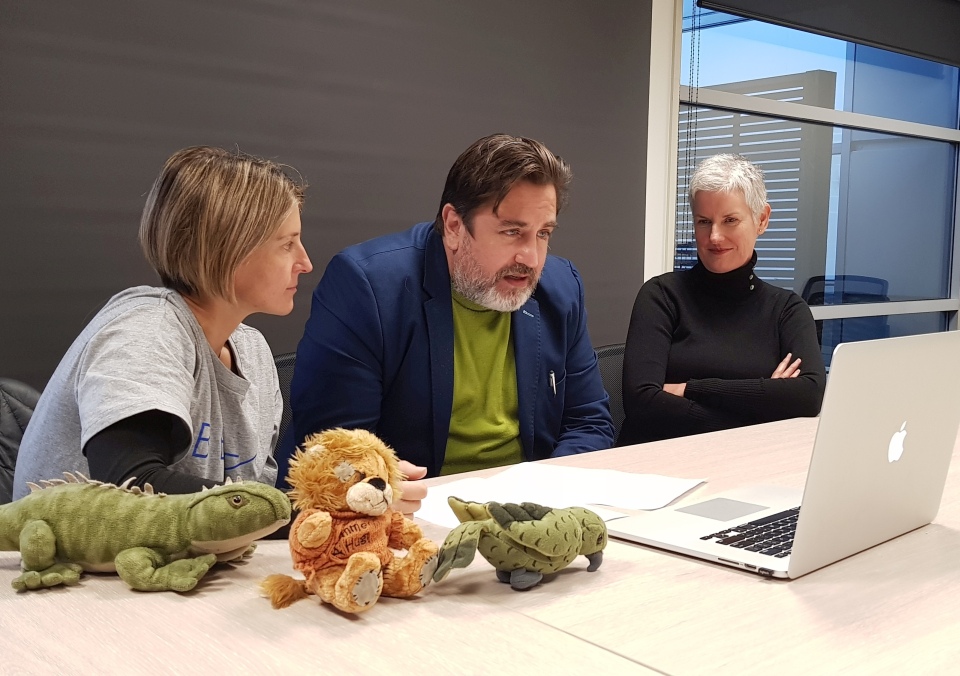
Shelley, Dave and Kate speak to students from Hinds School and Havelock North High School during the web conference. Image: LEARNZ.
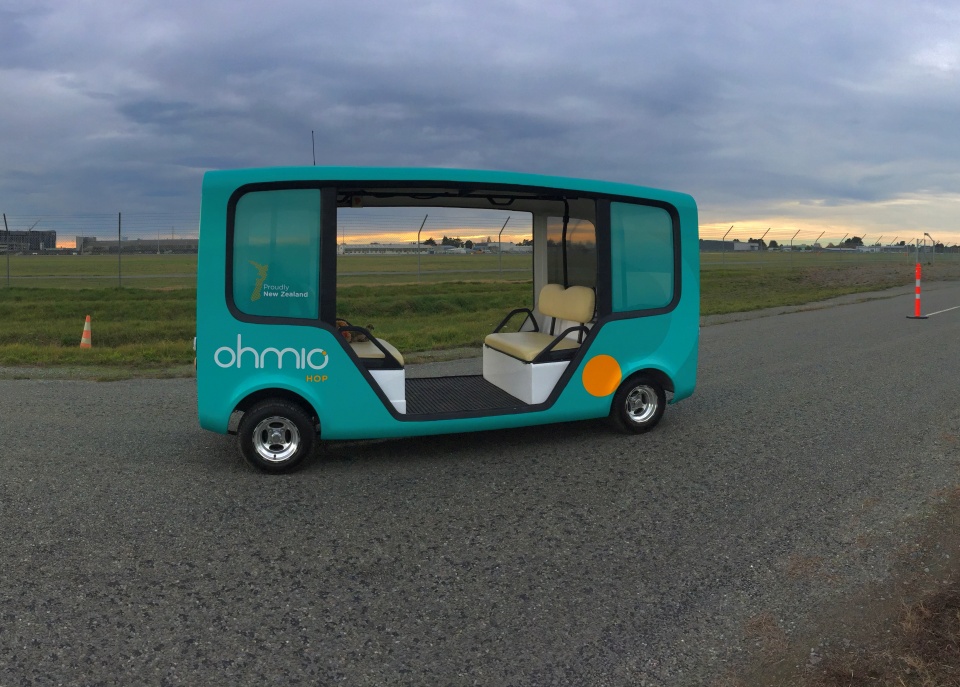
This is the Ohmio Hop self-driving car. How does this vehicle work? Image: LEARNZ.
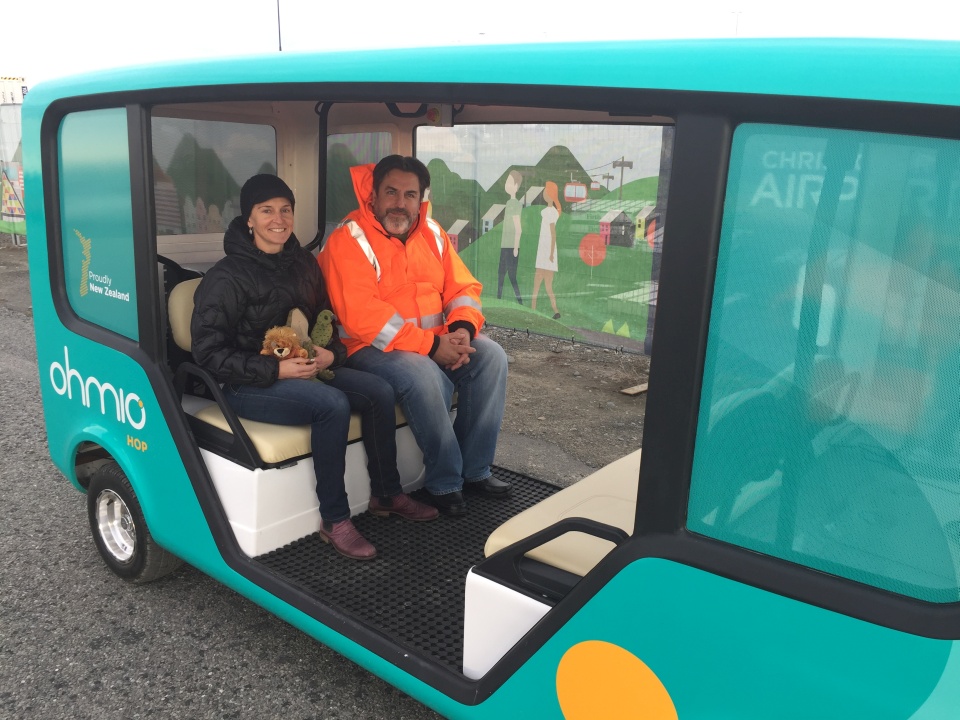
Shelley, the ambassadors and Dave take a ride in the Ohmio Hop. Image: LEARNZ.
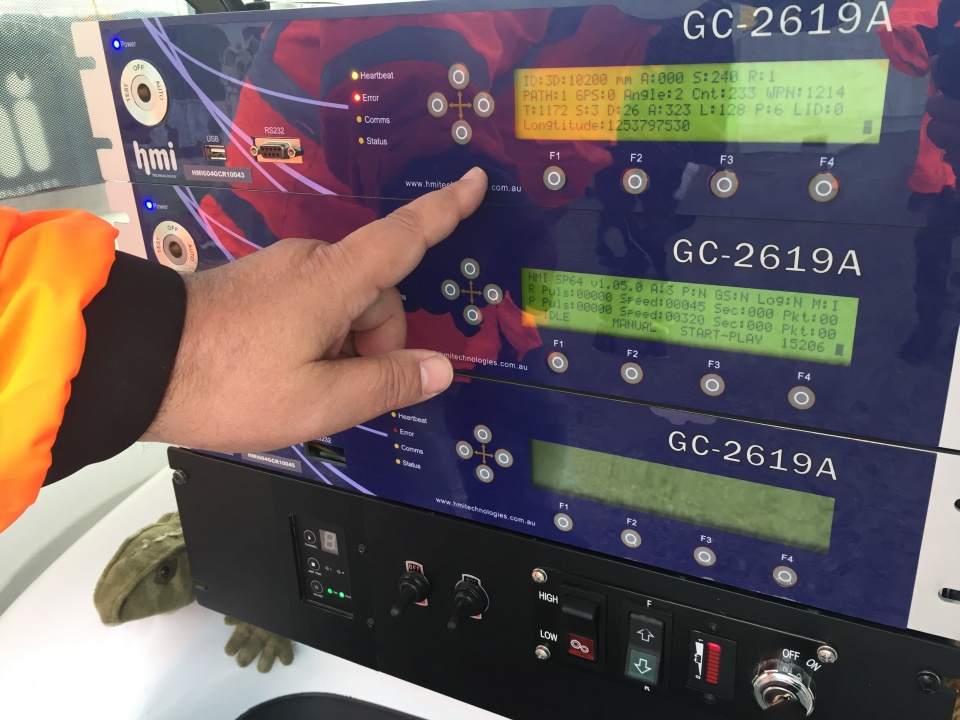
Dave points out some of the smart technology, including GPS, built into the Ohmio Hop self-driving car. Image: LEARNZ.
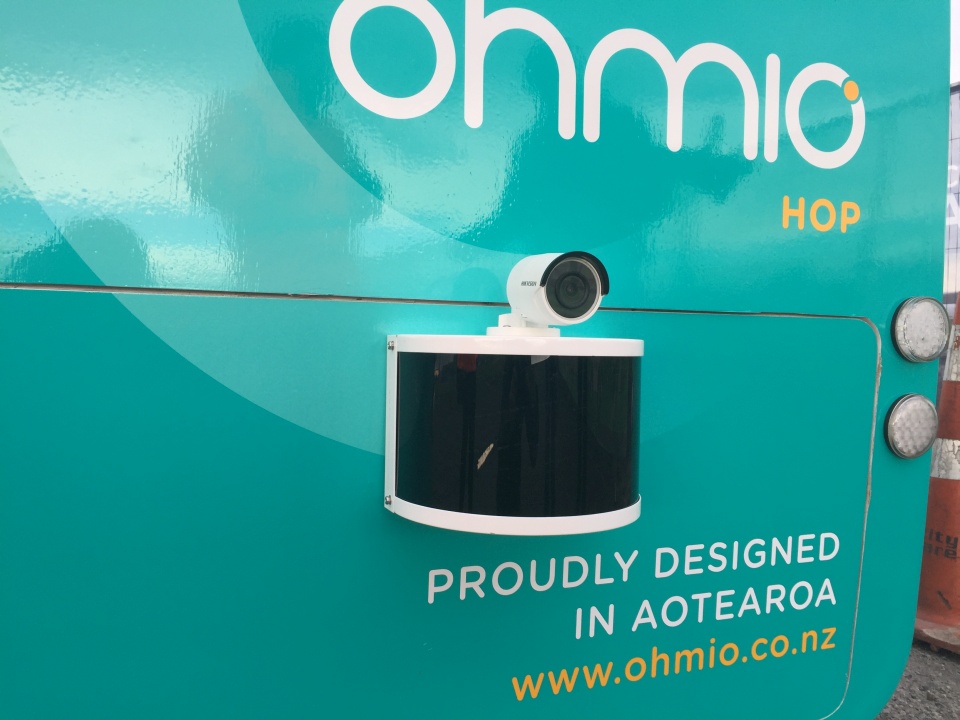
A Laser sensor and camera help the self-driving car to 'see' its surroundings. Image: LEARNZ.
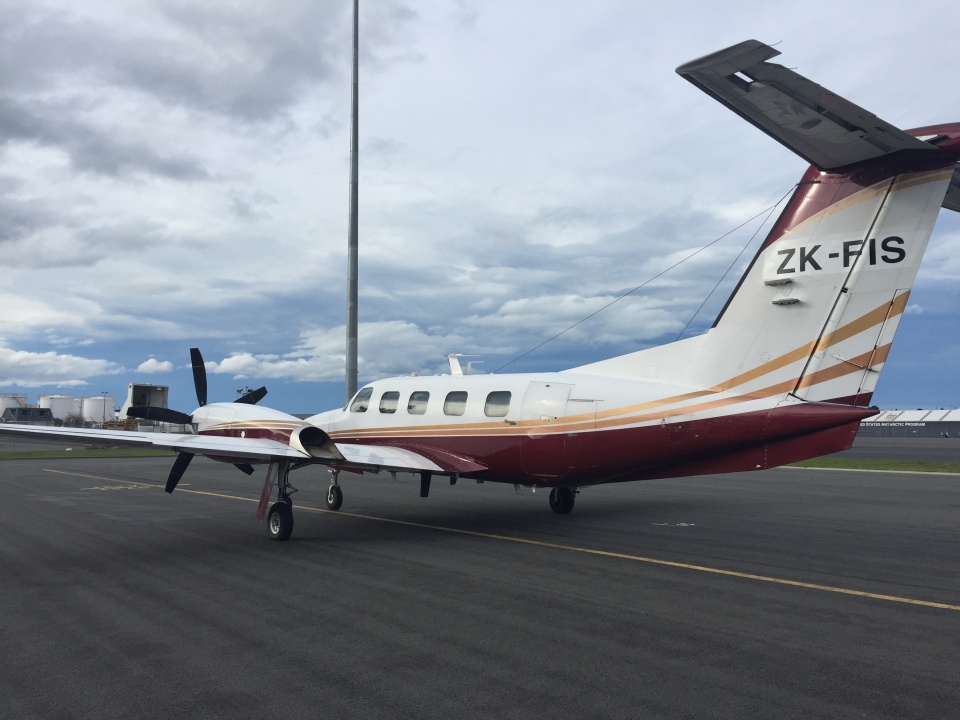
This is a flight inspection aircraft which is used to test navigation systems. Image: LEARNZ.
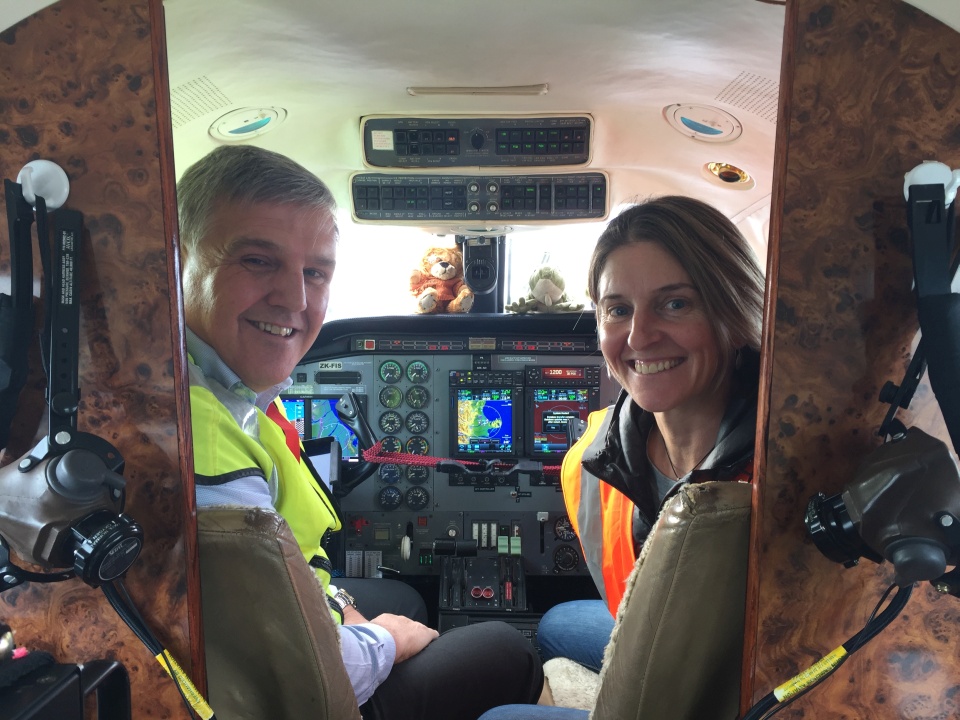
Mike shows Shelley and the ambassadors some of the technology used to help pilots navigate. Image: LEARNZ.
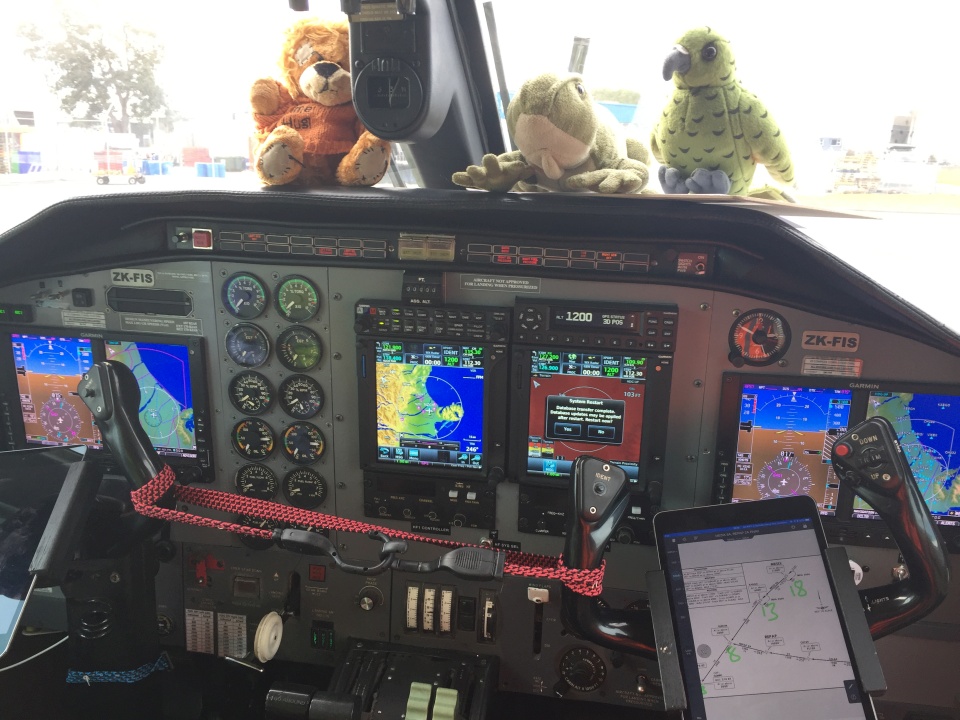
The ambassadors take a closer look inside the cockpit to find out about aircraft navigation. Image: LEARNZ.
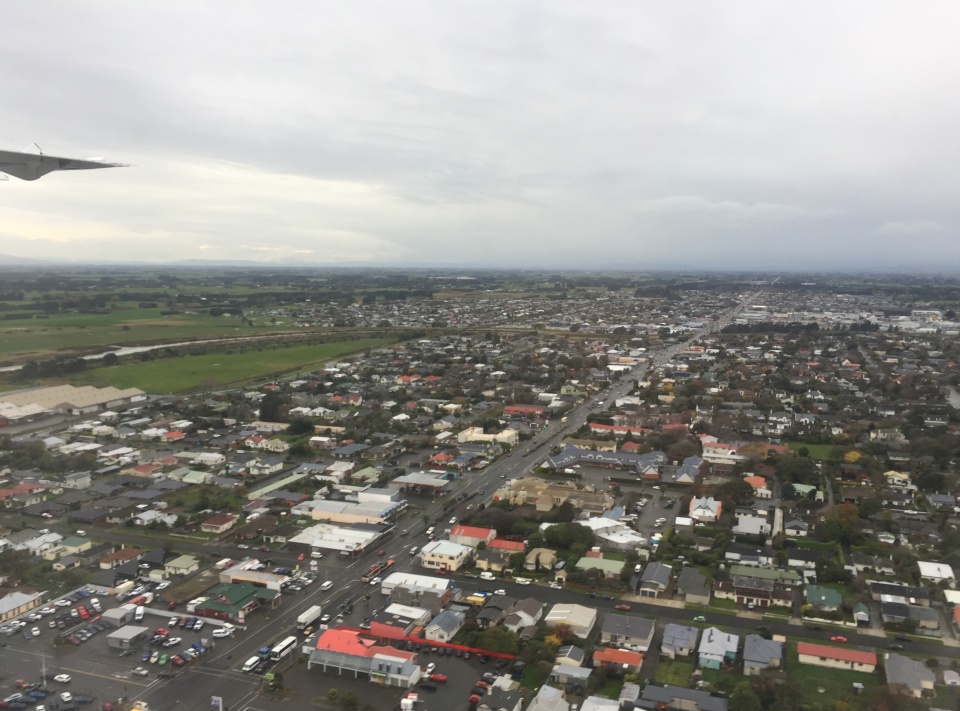
You flew down to Invercargill to continue your Techy Tour in Southland tomorrow. What technology do you think was used to help the pilot of this plane navigate? Image: LEARNZ.